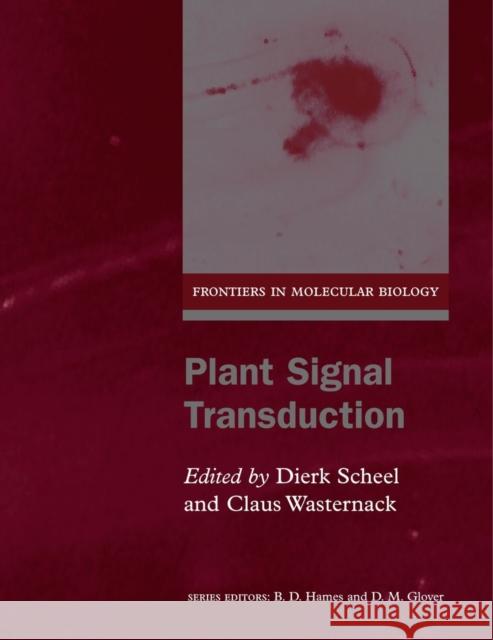Plant Signal Transduction » książka
Plant Signal Transduction
ISBN-13: 9780199638796 / Angielski / Miękka / 2002 / 352 str.
The growth and differentiation of living organisms are continuously adjusted to a multitude of environmental factors, each of which underlies a perpetual variation. The sessile existence of plants further emphasizes the requirement for efficient adaptation and defence mechanisms. The changes in environmental factors may range from moderate to dramatic and can concern many components at the same time. They may be abiotic or biotic in nature and range from essential to toxic in their effects. Among the numerous abiotic factors are nutrients, light, oxygen, water, temperature, gravity, wind, touch and chemicals. Biotic factors are represented by other organisms involved in symbiotic, pathogenic or herbivorous interactions with plants. All of these environmental factors are independently and specifically recognized by plants. Perception and overall response are linked by signal transduction pathways at cellular, systemic and interorganismic levels. In order to guarantee proper adaptation to the environment, signals generated following perception of a multitude of environmental factors need to be integrated and evaluated according to their importance. Cross-talk between different signaling pathways within such networks appears to be the basis for the evaluation of the importance of incoming signals. Knowledge of these complex processes allows a better understanding of the molecular mechanisms underlying adaptation. Modulation of distinct signaling elements can generate plants with improved stress resistance. This book represents a comprehensive summary of the enormous amount of information that is now available on signal transduction processes involved in the communication of plants with abiotic and biotic elements of their environment.











